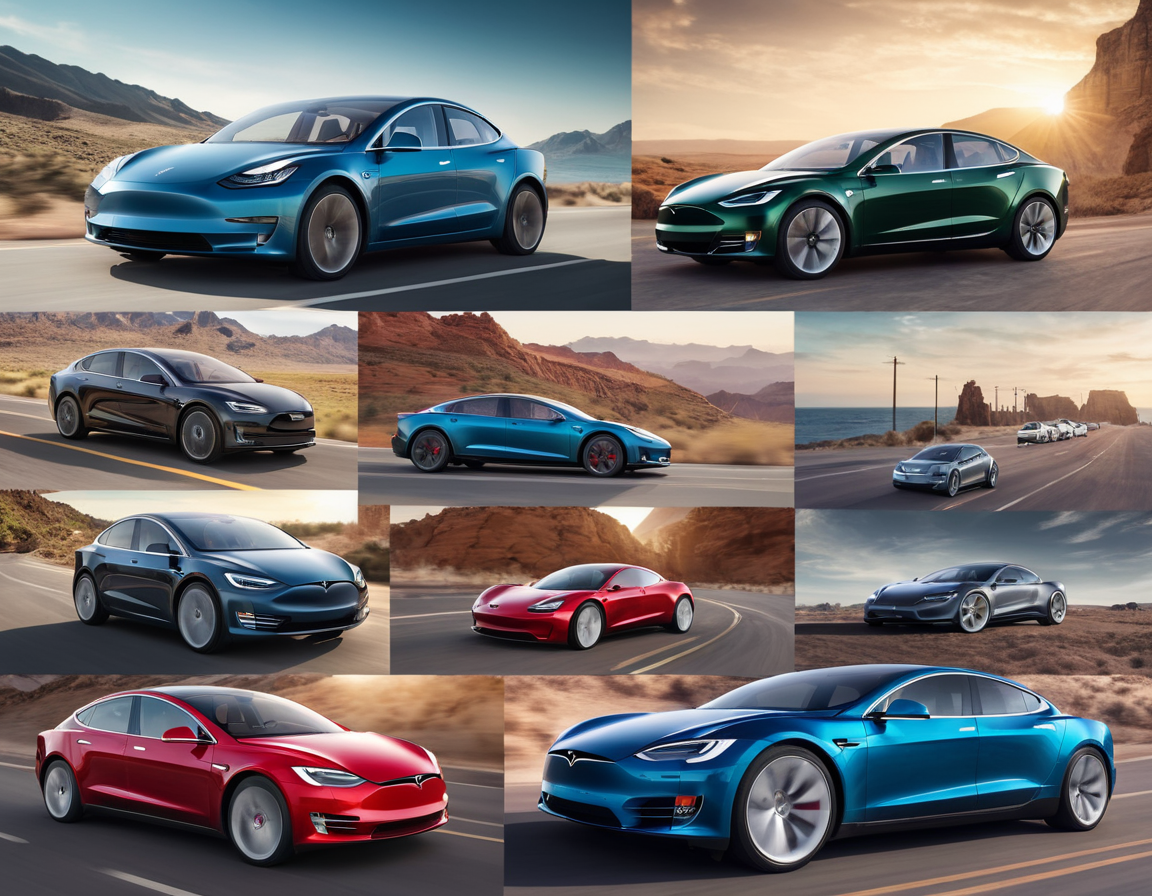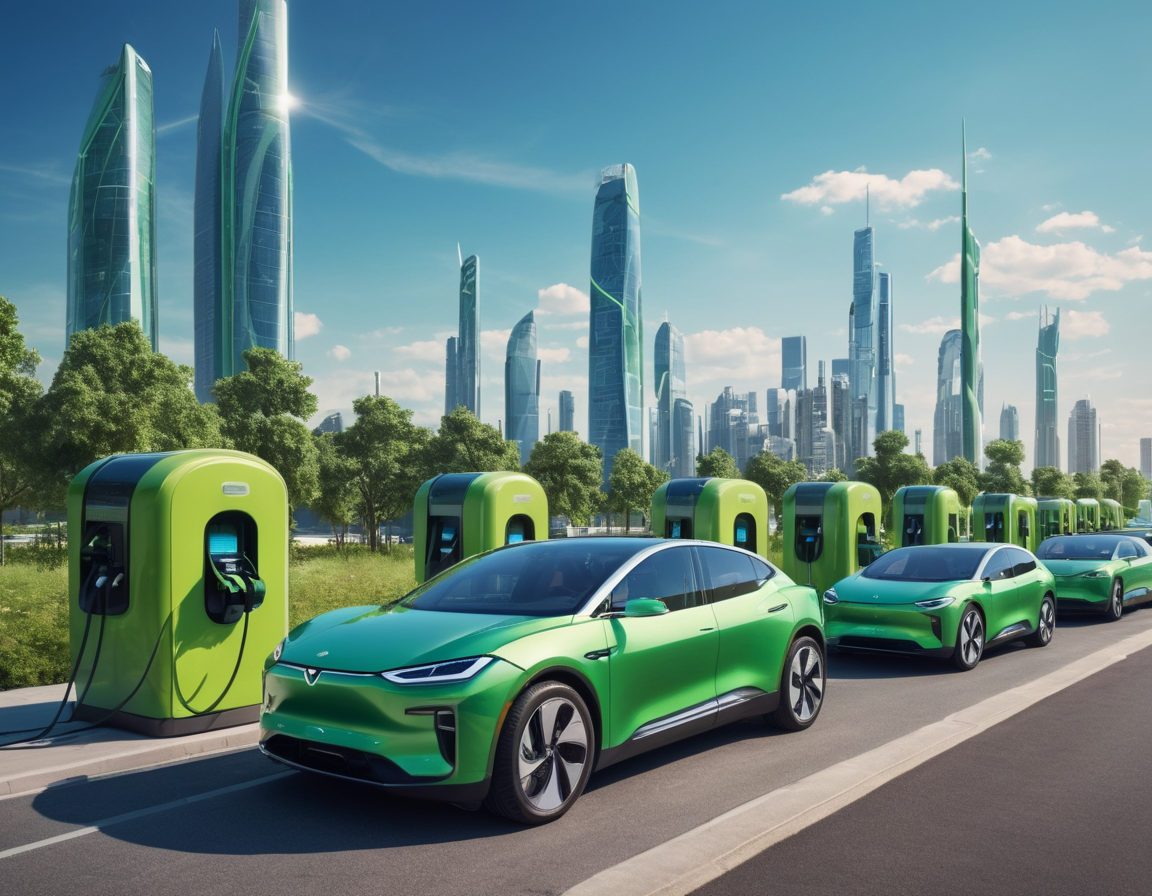Embracing the Future: The Evolution of Electric Vehicles
The Shift to Electric: A Glimpse into the Electric Vehicle Revolution
The automotive industry is undergoing a significant transformation as electric vehicles (EVs) continue to surge in popularity. This trend isn’t just a fleeting moment but represents a pivotal shift in how we think about transportation, energy consumption, and environmental impact. In this blog post, we will explore the history, current technological advancements, and future potential of electric vehicles. Join us as we navigate the electrifying road ahead.
How It All Began: The Early History of EVs
Contrary to popular belief, the idea of electric vehicles isn’t a product of the 21st century. In fact, EVs have been around since the late 1800s. The first electric carriage was developed by Scottish inventor Robert Anderson, and by the early 1900s, EVs were quite popular in major urban centers due to their simplicity and quieter operation compared to their gasoline counterparts. However, with the mass production of Ford’s Model T and the discovery of vast oil reserves, electric cars took a backseat for nearly a century.
Renewed Interest: The Contemporary EV Movement
Jumping forward to the 1990s, we witnessed a renewed interest in electric vehicles, largely driven by environmental concerns and technological advancements. Automakers such as General Motors, with their EV1, began experimenting once again with electric propulsion. Though the EV1 was short-lived, it sparked a movement that eventually led to the launch of more successful models like the Toyota Prius – a hybrid that combined a gasoline engine and electric motor to increase efficiency.

Technological Breakthroughs: Batteries and Beyond
Today’s EV revolution wouldn’t be possible without significant advances in battery technology. Lithium-ion batteries have become the gold standard, offering higher energy density, longer lifespans, and faster charging times. Companies like Tesla have pushed the boundaries further, not only with their popular car models but also by investing in giant battery factories, known as Gigafactories, that aim to slash production costs and ramp up battery availability.
The Road to Adoption: Challenges and Incentives
Despite their increasing appeal, electric vehicles have had to overcome several obstacles. Range anxiety – the fear of running out of power before reaching a charging station – has been a significant concern for potential EV owners. However, the expansion of charging infrastructure and improvements in battery capacity are addressing these fears. Additionally, many governments are promoting EV adoption through tax rebates, subsidies, and regulations phasing out combustion engines in the coming decades.
Charging Towards a Greener Future
As we look to the future, the prospects of electric vehicles seem brighter than ever. With strides in autonomous driving technology, the promise of EV-centric smart cities, and a collective push for sustainable living, electric vehicles are poised to be at the forefront of a transportation revolution. Moving away from fossil fuels and embracing EVs could be one of the most significant environmental decisions of our era.
As we close this chapter on electric vehicles, it’s clear that the journey is just beginning. With continued innovation and societal support, the day when EVs become the dominant form of transportation is on the horizon. It’s an exciting time for the automotive industry and for all of us who value both technological progress and environmental responsibility.







